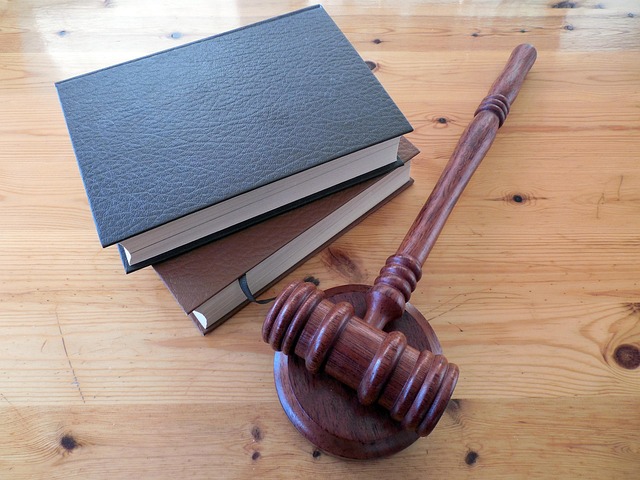Being charged with Driving While Intoxicated (DWI) can have serious consequences, including the suspension or revocation of your driver’s license. This can impact your ability to maintain employment, attend school, or care for your family. Fortunately, in many states, individuals facing license suspension after a DWI may be eligible for a hardship or occupational license. This special type of license allows limited driving privileges under strict conditions. In this article, we’ll explore what these licenses are, who qualifies, how to apply, and what limitations you should expect.
Understanding DWI and License Suspension
DWI laws vary by state, but in general, a DWI refers to operating a motor vehicle while impaired by alcohol or other substances. Depending on the severity of the offense and whether it’s a repeat violation, penalties can range from fines and jail time to the suspension or revocation of your driver’s license.
A first-time DWI offense often results in a temporary suspension, while repeat offenses or high blood alcohol content (BAC) levels can lead to longer revocations. States have become increasingly strict in enforcing these penalties to reduce road fatalities and promote public safety. You can read more about the implications of impaired driving on the Wikipedia page for Driving under the Influence.
What Is a Hardship or Occupational License?
A hardship or occupational license is a restricted license that permits individuals with a suspended license to drive under specific conditions. These licenses are not automatically granted and must be requested through a formal process.
Key Differences Between Hardship and Occupational Licenses
- Hardship License: Often issued for essential personal reasons, such as medical appointments, school attendance, or child care obligations.
- Occupational License: Typically applies to those who need to drive for employment-related purposes, such as commuting to work or using a vehicle as part of their job.
The name and exact rules for these licenses can differ by jurisdiction, but the purpose remains the same: to provide limited driving privileges to individuals who can demonstrate a critical need.
Who Qualifies for a Hardship or Occupational License?
Eligibility varies depending on the state and the nature of the DWI offense. However, some common qualifications include:
- Proof of necessity: Applicants must demonstrate a genuine need to drive for work, school, or medical care.
- Clean driving record outside the DWI offense: Those with multiple violations or criminal offenses may be disqualified.
- Compliance with court orders: This includes completing a DWI education program, substance abuse treatment, or paying fines.
- Installation of an ignition interlock device (IID): Some states require this device, which prevents a vehicle from starting if alcohol is detected on the driver’s breath.
How to Apply for a Hardship or Occupational License
The process for obtaining a hardship or occupational license can be time-consuming and requires careful documentation. While the exact procedure will differ by state, the following steps are common:
1. Determine Eligibility
Check with your state’s Department of Motor Vehicles (DMV) or equivalent agency to find out if you qualify. Some jurisdictions have a waiting period before you can apply.
2. Gather Supporting Documentation
You may need to provide:
- A letter from your employer verifying your need to drive
- Class schedules or medical records
- Proof of car insurance
- Evidence of completion of court-ordered programs
3. File a Petition or Application
Most states require you to submit an application or petition to a court or DMV. Some may also require a hearing where you must explain your situation to a judge.
4. Install an Ignition Interlock Device (If Required)
If your state mandates an IID, you must have it installed by an approved provider and provide proof of installation before receiving the restricted license.
5. Comply with All Restrictions
Once granted, your hardship or occupational license will come with strict rules, including where and when you are allowed to drive. Any violation can lead to further penalties, including complete revocation of driving privileges.
Common Restrictions and Conditions
These licenses are designed for necessity, not convenience. Expect limitations such as:
- Restricted driving hours: You may only be allowed to drive during specific times of the day.
- Route limitations: You might be restricted to driving only to and from certain locations.
- Monthly reporting: Some jurisdictions require regular check-ins or updates about your activities.
- Zero tolerance for alcohol or drug use: Any further substance-related offenses will likely result in immediate revocation of your restricted license.
Tips for a Successful Application
To improve your chances of obtaining a hardship or occupational license, consider the following:
- Be honest and transparent: Courts appreciate sincerity and responsibility.
- Follow all legal instructions: Complete every requirement and submit all necessary documentation.
- Demonstrate rehabilitation: If you’ve sought treatment or counseling, include proof.
- Consult a legal professional: A qualified attorney can significantly increase your chances of a favorable outcome by guiding you through the process and advocating on your behalf.
One such experienced advocate is a Saratoga Springs DWI Lawyer who understands local laws and can provide critical assistance tailored to your specific situation.
How Long Will You Have to Use a Restricted License?
The duration of a hardship or occupational license can range from a few months to a year or more, depending on the offense and your compliance. Once the suspension period ends and all conditions have been met, you can typically apply to have your full driving privileges reinstated.
Conclusion
Getting a hardship or occupational license after a DWI is not guaranteed, but it’s often possible with the right preparation and legal guidance. These restricted licenses provide a vital lifeline to those trying to meet their responsibilities while dealing with the consequences of a DWI. By understanding the requirements and proactively following the application process, you can increase your chances of regaining limited driving privileges and getting your life back on track.
If you’re currently facing a license suspension due to a DWI, take action early, educate yourself about your state’s specific regulations, and seek professional legal support if needed. Your ability to drive may be limited, but it doesn’t have to be gone completely.
About the author: Leland D. Bengtson
As a journalist, Leland Bengtson dedicated most of his career to law reporting. His greatest satisfaction is to convey legal matters to the public in a language that they can understand. He is active on various platforms and media outlets, writing about common legal issues that people confront every day. While medical malpractice is his strong suit, Leland covers plenty of other topics, including personal injury cases, family law, and other civil and even criminal legal matters.

